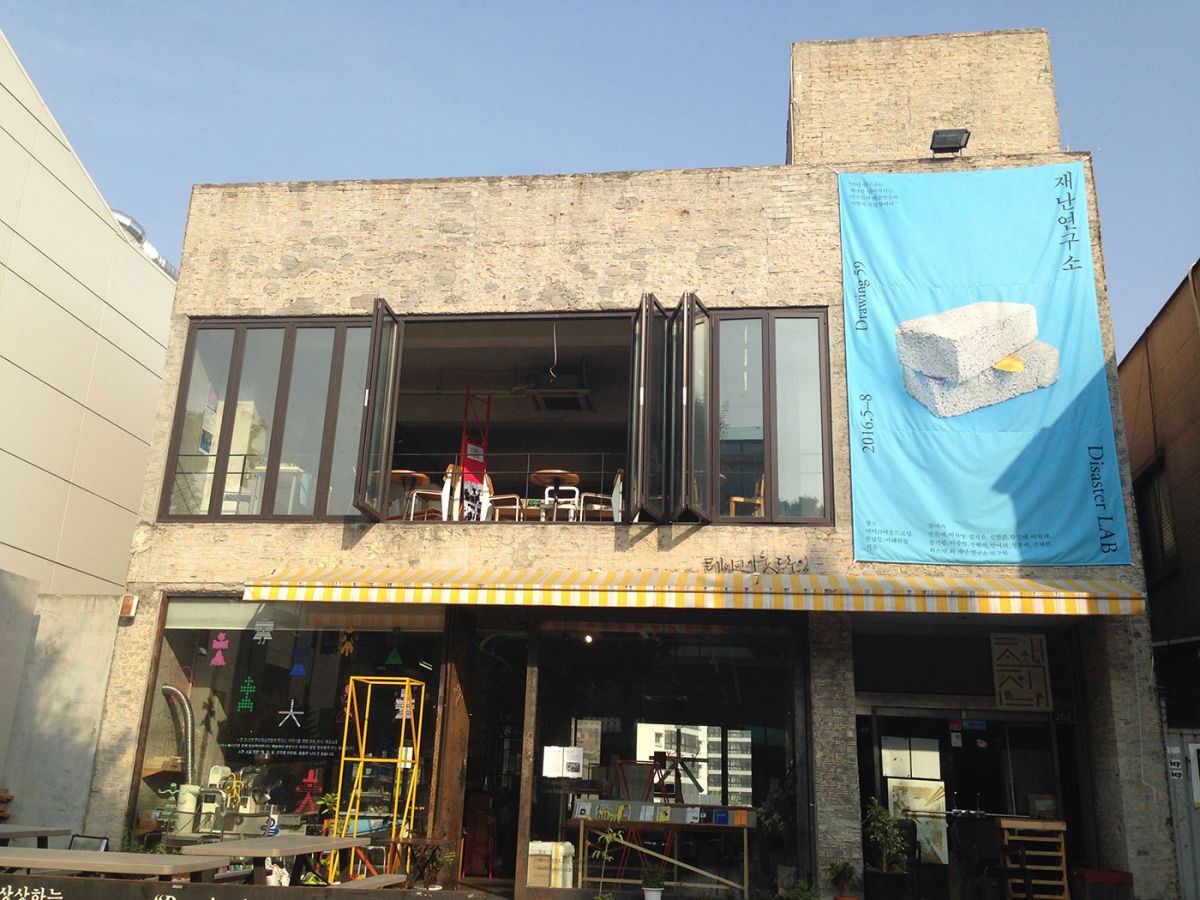Resisting gentrification in South Korea
Gentrification has been a hot issue in South Korea over the last five years. Due to extensive media coverage on gentrification, this academic term has become a commonly used word. However, the phenomenon called ‘gentrification’ in Korea is somewhat different from that of the West. Gentrification in Korea, as currently spotlighted in the mass media, refers to the socio-spatial change that takes place as the unique culture and distinctiveness of an area becomes commercialized, and tenants who played an important role in this transformation become displaced due to sharp increase in rent. As social conflicts between commercial tenants and their landlords have become serious, gentrification has come to be discussed as a crucial social problem which needs to be solved urgently. Local and central governments have been trying to tackle this problem and some regulations and ordinances for its prevention have been created.
Although the term ‘gentrification’ has recently drawn great social attention, it is not a truly new phenomenon in South Korea. Urban redevelopment in Korea has worked as gentrification for a long time since urban redevelopment is directly connected to socio-spatial upgrading. Tenants have resisted urban redevelopment, and tenant movements have made progress in improving tenants’ rights and in opposing the strong property rights of landlords. Likewise, a representative body of commercial tenants was created to resolve the problems resulting from unequal tenancy agreements and to organize the struggle of commercial tenants. As a result, the issues of commercial tenants began to be expressed in an organized fashion.
In particular, Takeout Drawing (TOD), a cafe and gallery in Hannam, Seoul, represents a symbolic resistance against commercial gentrification. As TOD was harassed with forced eviction and noticed many neighbours facing the same difficulties, it came to emphasize that its struggle was not a private struggle but a social problem. TOD defined its problem as gentrification and tried to overcome it though cultural resistance (fig.1). Although TOD’s protest has been successful, its neighbourhood is rapidly gentrifying. Hannam, once a quiet residential area, has become a trendy commercial space after artists and retail entrepreneurs moved in. The arrival of new restaurants, boutique shops and cultural spaces changed the image of the area, and it attracted more people to visit. As Hannam has become a hot place to go out, capital has followed into the area, displacing the early gentrifiers. Almost half of the small craft shops opened in the early 2010s, which initiated the transformation of the area, were already displaced in 2016 by franchised shops, high end cultural facilities, because of rent increase. Rising rents are putting pressure on residential tenants as well as commercial tenants, since converting from housing to commercial buildings has been common (fig.2). Therefore, it is very likely that more conflicts over these changes will emerge.
In this social change to highlight socio-spatial inequality and call for a new approach, gentrification is used as the frame to explain current urban changes in Korea. The concept of gentrification provides an explanation of who the winners and losers are and how their relationships change in the face of resistance. The social interest in gentrification reflects that people are aware of the power inequality embedded in urban development more than ever and recent social challenges for finding alternatives in urban development are emerging. Gentrification is chosen to explain how people have tried to rebalance asymmetrical power relations and how these attempts have influenced and been influenced by political and economic processes. It is important to understand the form, nature and scale of gentrification in Korea, but it is more important to understand why there has been a surge in interest in gentrification in Korea.
Dr. Seon Young Lee, Research Associate, King's College London (seonkings11@gmail.com).
